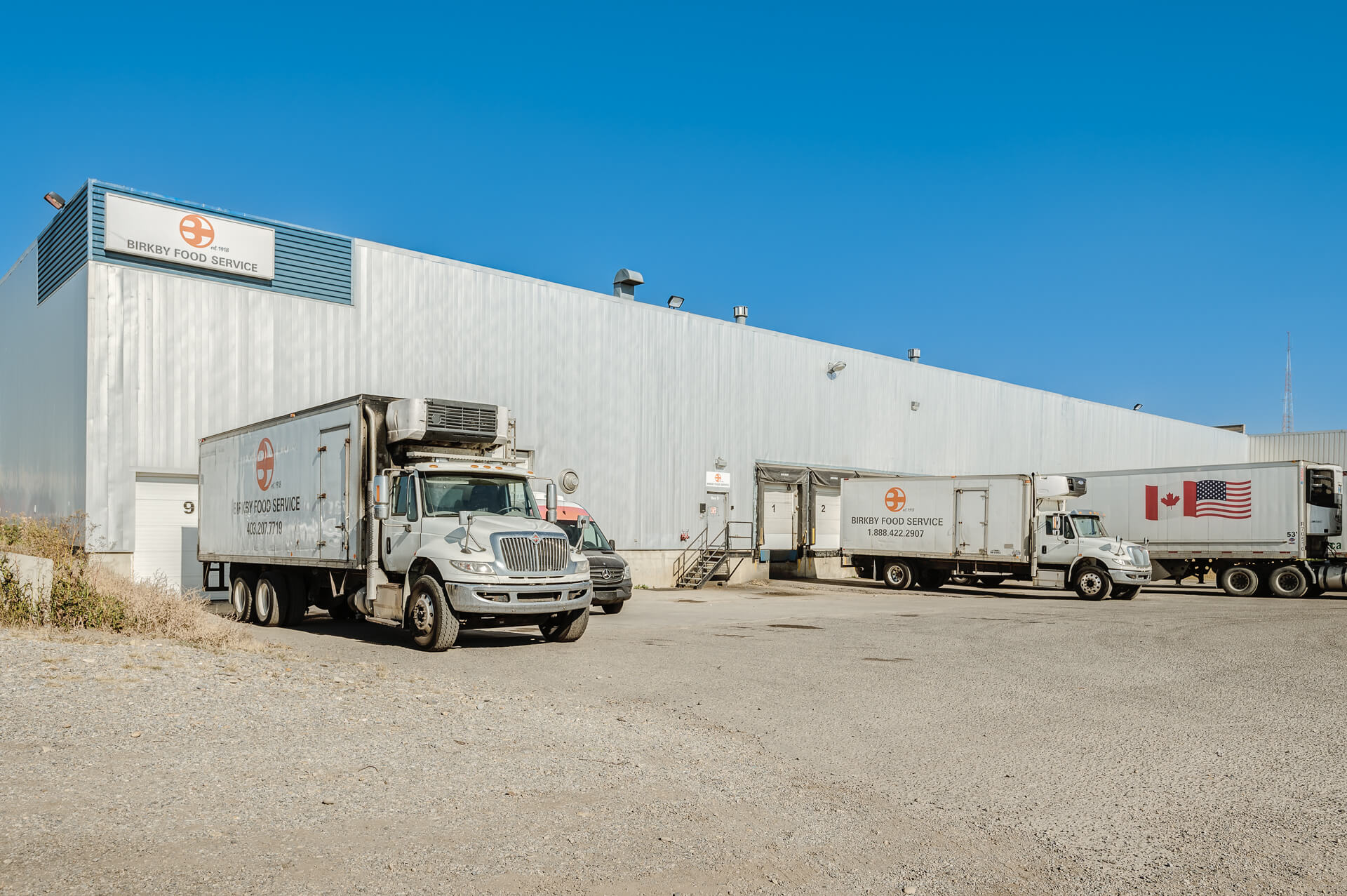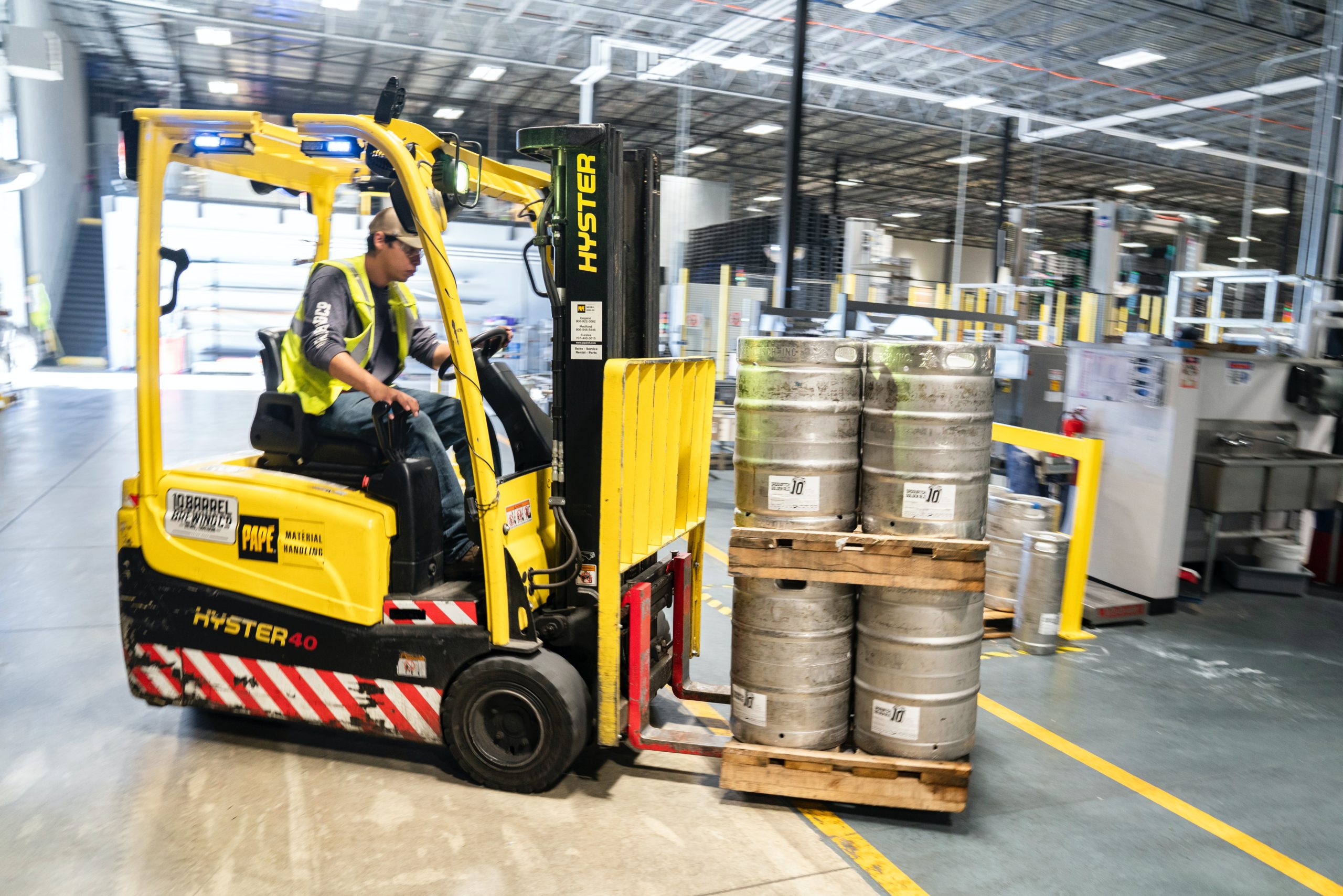Discover the advantages of utilizing external overflow warehouse storage for your business to achieve maximum space utilization and operational flexibility.
In the dynamic landscape of modern business, efficient and flexible storage solutions play a pivotal role in ensuring smooth operations and meeting customer demands. Overflow warehousing storage emerges as a strategic solution for businesses facing fluctuations in inventory levels, seasonal demands, or unexpected surges in production. In this blog post, we'll delve into the intricacies of overflow warehousing storage and explore its numerous benefits for businesses seeking a scalable and cost-effective storage solution.
Understanding Overflow Warehousing Storage:
Overflow warehousing storage is an auxiliary storage facility designed to accommodate excess inventory when primary storage spaces are reaching capacity. This form of storage acts as a safety net, preventing disruptions in the supply chain by providing a buffer for unexpected increases in stock levels. Overflow warehousing can be utilized for a variety of purposes, including storing surplus raw materials, finished goods, or even products awaiting shipment to retailers.
How Overflow Warehousing Works:
The primary function of overflow warehousing is to seamlessly integrate with a business's existing supply chain, ensuring that the surplus inventory can be efficiently managed and retrieved when needed. Here's a breakdown of how overflow warehousing typically operates:
1. **Strategic Location:**
Overflow warehouses are strategically located to minimize transportation costs and facilitate quick access to the main distribution centers. This ensures that the additional storage space doesn't compromise the overall efficiency of the supply chain.
2. **Inventory Management Systems:**
State-of-the-art inventory management systems are employed to keep track of the surplus stock. This includes real-time monitoring of inventory levels, automated reorder processes, and accurate record-keeping. These systems help businesses stay organized and make informed decisions about their stock levels.
3. **Flexible Storage Solutions:**
Overflow warehousing facilities are designed to be flexible and scalable. Adjustable shelving, pallet racks, and other storage solutions are implemented to accommodate varying types and sizes of inventory. This adaptability allows businesses to optimize their storage space based on the unique characteristics of their products.
Benefits of Overflow Warehousing for Businesses:
1. **Risk Mitigation:**
Overflow warehousing acts as a safety net, protecting businesses from the potential disruptions caused by unexpected increases in inventory. This risk mitigation is particularly valuable in industries with seasonal demand fluctuations or those prone to supply chain disruptions.
2. **Cost-Efficiency:**
By utilizing overflow warehousing, businesses can optimize their primary storage facilities for regular operations and use additional space only when necessary. This avoids the need for continuously expanding the main warehouse, resulting in significant cost savings in terms of construction, maintenance, and utilities.
3. **Improved Customer Service:**
Efficient overflow warehousing ensures that businesses can meet customer demands even during unforeseen circumstances. The ability to fulfill orders promptly contributes to enhanced customer satisfaction and loyalty, fostering a positive brand image.
4. **Flexibility in Production and Procurement:**
Businesses can take advantage of overflow warehousing to capitalize on bulk purchasing or production opportunities without worrying about immediate storage constraints. This flexibility allows for strategic decision-making in procurement and production planning.
5. **Strategic Inventory Management:**
Overflow warehousing enables businesses to optimize their inventory levels without compromising on operational efficiency. By strategically managing surplus stock, businesses can maintain a lean inventory system, minimizing carrying costs and the risk of obsolete inventory.
Conclusion:
Overflow warehousing storage is a dynamic and strategic solution for businesses seeking flexibility and efficiency in their supply chain operations. By providing a safety net for excess inventory, businesses can navigate the challenges of fluctuating demand, seasonal variations, and unexpected production surges. The benefits extend beyond risk mitigation, encompassing cost-efficiency, improved customer service, and enhanced flexibility in production and procurement. As businesses continue to evolve in the ever-changing market, incorporating overflow warehousing into their logistics strategy can be a key differentiator in maintaining a competitive edge.
Do you need an overflow warehouse on your roster? Reach out to us today to learn about how we can offer you flexible overflow space at our warehouse.





Leave a Comment